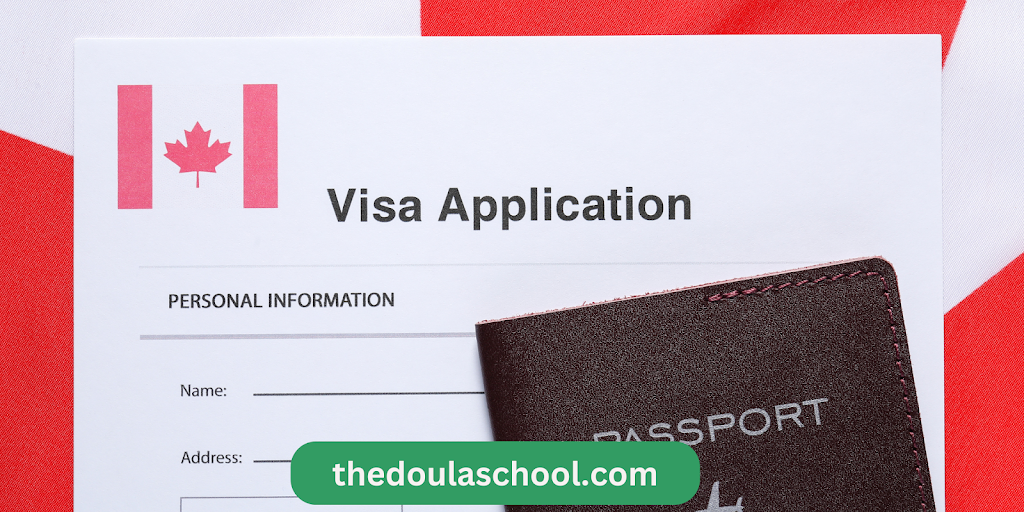Canada is known for its welcoming approach to immigration, offering a wide range of programs for people looking to move to the country either temporarily or permanently. As one of the most immigrant-friendly countries in the world, Canada has a reputation for cultural diversity, a strong economy, and a high quality of life. Here’s an in-depth look at the various immigration pathways, the application process, and the benefits of moving to Canada.
Why Choose Canada?
Canada is a popular destination for immigrants for a variety of reasons. The country boasts a stable economy, world-class healthcare, excellent educational opportunities, and a high standard of living. Additionally, the Canadian government actively encourages immigration to support economic growth and address labor shortages, which makes it an attractive option for people seeking a new life abroad.
Immigration Pathways to Canada
Canada offers numerous immigration programs that cater to different needs and qualifications. The main categories include economic immigration, family sponsorship, refugee and humanitarian immigration, and temporary residence.
- Economic Immigration
Economic immigration programs are designed for people who can contribute to the Canadian economy through their skills, work experience, or investments. Some of the most popular economic immigration pathways include:
Express Entry: This is Canada’s most popular immigration system for skilled workers. It manages applications for three programs:
Federal Skilled Worker Program (FSWP)
Federal Skilled Trades Program (FSTP)
Canadian Experience Class (CEC)
Applicants are ranked based on factors like age, education, work experience, and language proficiency through the Comprehensive Ranking System (CRS). The highest-ranking candidates are invited to apply for permanent residence through regular draws.
Provincial Nominee Program (PNP): Canada’s provinces and territories have their own immigration programs tailored to their economic needs. Through the PNP, provinces nominate individuals who wish to live and work in a specific province. Each province has its own eligibility criteria, and some PNP streams are linked to the Express Entry system.
Atlantic Immigration Program (AIP): This program is aimed at attracting skilled workers and international graduates to Canada’s Atlantic provinces: New Brunswick, Newfoundland and Labrador, Nova Scotia, and Prince Edward Island. It helps fill labor shortages in these provinces by offering a pathway to permanent residence.
Rural and Northern Immigration Pilot (RNIP): This community-driven program aims to attract skilled immigrants to smaller, rural communities across Canada. To qualify, applicants must have a job offer from one of the participating communities.
Start-Up Visa Program: For entrepreneurs who have a business idea that is innovative, can create jobs for Canadians, and can compete on a global scale, the Start-Up Visa Program offers a pathway to permanent residence. Applicants need support from a designated organization like a venture capital fund or business incubator.
Caregiver Program: Canada offers immigration options for caregivers who provide care for children, the elderly, or individuals with medical needs. Qualified caregivers can apply for permanent residence after gaining sufficient work experience in Canada.
- Family Sponsorship
The family sponsorship program allows Canadian citizens and permanent residents to sponsor their close relatives for immigration. The main categories include:
Spouse or Common-Law Partner Sponsorship: You can sponsor your spouse, common-law partner, or conjugal partner to become a permanent resident. Both in-land (living in Canada) and outland (living abroad) applications are accepted.
Parent and Grandparent Sponsorship: This program allows Canadian citizens and permanent residents to sponsor their parents or grandparents. Due to high demand, the program often operates through a lottery system.
Dependent Child Sponsorship: You can sponsor your dependent children, whether biological or adopted, to live in Canada as permanent residents.
- Refugee and Humanitarian Immigration
Canada is known for its commitment to providing refuge to people in need. The country resettles thousands of refugees each year through government-assisted and privately sponsored refugee programs. Additionally, people already in Canada who face persecution or danger in their home countries may apply for asylum.
- Temporary Residence
Temporary residence permits allow individuals to live in Canada for a limited period. Common options include:
Work Permits: Canada issues work permits to foreign workers through programs like the Temporary Foreign Worker Program (TFWP) and the International Mobility Program (IMP). Some permits are employer-specific, while others are open work permits that allow you to work for any employer.
Study Permits: International students can apply for a study permit to attend a designated learning institution (DLI) in Canada. Studying in Canada often serves as a stepping stone to permanent residence, as students may qualify for programs like the Canadian Experience Class after graduation.
Visitor Visas: These are issued for tourism, business, or visiting family. They are usually valid for up to six months.
The Immigration Application Process
The process of immigrating to Canada varies depending on the pathway you choose. Here is a general overview of the steps involved:
- Determine Your Eligibility
Each program has its own eligibility requirements. For instance, the Express Entry system requires applicants to score well in language proficiency tests like IELTS and have their education credentials assessed.
- Gather Necessary Documents
Applicants need various documents, including a valid passport, proof of education and work experience, language test results, and proof of funds. Make sure your documents are up-to-date and meet the program-specific criteria.
- Submit Your Application
Most immigration applications are submitted online. For Express Entry, candidates must create an online profile and wait for an Invitation to Apply (ITA) based on their CRS score. Other programs, like family sponsorship, have different submission procedures.
- Wait for Processing
Processing times vary based on the program and the applicant’s country of origin. The Canadian government provides estimated processing times on its website.
- Attend Interviews or Medical Exams
Some applicants may be required to attend an interview or undergo a medical exam. Background and security checks are also common in the application process.
- Receive a Decision
If your application is approved, you will receive instructions on how to obtain your visa or permanent resident card. If denied, the government will explain the reasons for the decision, and you may have the option to appeal or reapply.
Benefits of Immigrating to Canada
- Quality of Life: Canada consistently ranks among the best countries for quality of life, thanks to its healthcare, education, and safety.
- Healthcare: Permanent residents and citizens have access to Canada’s universal healthcare system, which offers free or low-cost medical services.
- Education: Canada is home to many top-ranked universities and provides excellent education opportunities for children and adults alike.
- Economic Opportunities: With a strong economy and a low unemployment rate, Canada offers many job opportunities, especially in fields like technology, healthcare, and engineering.
- Multicultural Society: Canada embraces cultural diversity, and immigrants are often welcomed with open arms, making it easier for newcomers to integrate.
Conclusion
Immigrating to Canada offers a wealth of opportunities, whether you’re looking for better economic prospects, top-tier education, or a safe and welcoming environment for your family. The country’s comprehensive immigration system is designed to attract talented individuals from all over the world, but it’s important to thoroughly research and understand the program you are applying for to ensure a successful outcome. Always stay updated on immigration policies, as they can change frequently, and consider seeking advice from immigration consultants or legal experts if needed.





